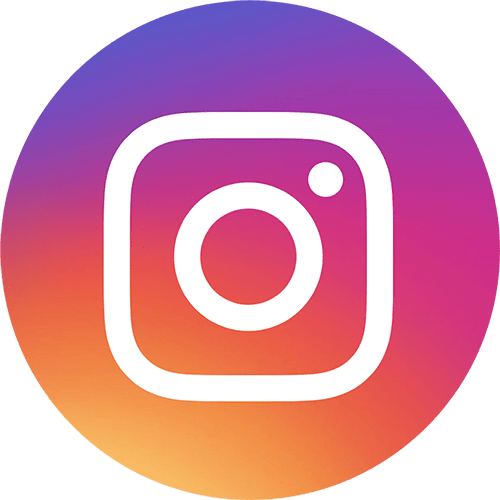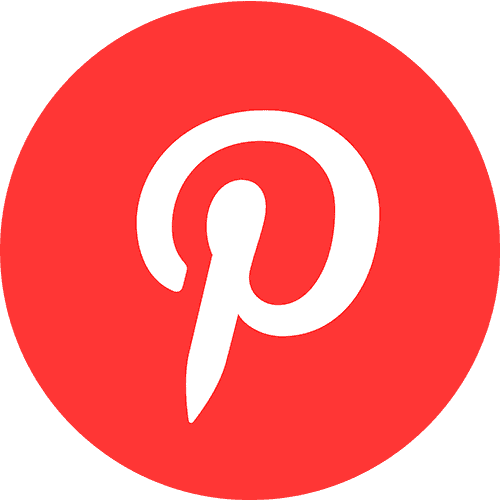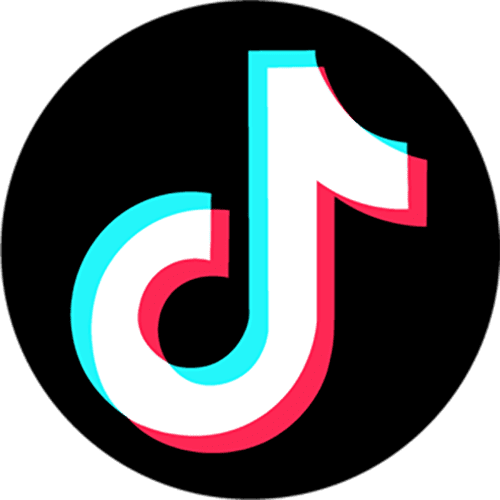I’ve said it before, I’ll say it again – every influencer and individual interested in producing content, building a brand, starting or growing a business, selling a product, service, or idea should learn how to start a podcast. I have been preaching the power of podcasts and voice technology for the last four or five years. Podcasts and audio-first consumption are clearly exploding, and they’re one of the best ways to get started creating or diversifying your content. From iTunes to Soundcloud, Spotify, Stitcher, iHeart Radio and more, there are plenty of platforms out there to help you spread your voice – literally.
Why are podcasts so important? I recently wrote an article on “The Rise of Audio and Voice” that you can read to understand my $.02, but here’s the gist. As multitasking culture continues to grow, podcasts take on a more important role in our everyday lives. We all care about our time and if there’s a way to save some, we’ll do it. Just like music or audiobooks, podcasts can be consumed while doing laundry, going to the gym, washing the dishes, or just relaxing. They’re a great way to learn something new, catch up on news, or be entertained. In a newly remote world, podcasts also recapture the magic of live events. Start a podcast, and you can safely bring together a panel of experts and offer value to your audience from anywhere in the world. For anyone serious about growth in 2021, podcasting is no longer a “maybe” – it’s a “must.” Get with it.
More and more of you are getting on board. I get dozens of emails each week asking me how I produce The GaryVee Audio Experience, my Alexa Skills, and my newest addition #podSessions, which is a new show made directly for my audio experience. I thought I would have my audio engineer Seth give you his POV and the knowledge he has gained since producing my podcast firsthand. There’s no one better to explain how to start a podcast than him, so I hope you enjoy 😉
Hi – I’m Seth!
I produce Gary’s podcast The GaryVee Audio Experience, as well as his Alexa skill, GaryVee 365, and other projects within the VaynerX world. I’ve been playing with audio since high school, majored in it in college at SUNY Purchase, but really learned everything through trial and error. If you’re just here looking for the list of gear I use, it can be found HERE. To get you thinking about how you can scale your content, here’s how we approach the podcasts.
WHAT IS A PODCAST?
A podcast is inherently a piece of digital audio content that’s available for digital download or streaming consumption.
STEPS TO STARTING A PODCAST
When it comes down to it, the only things you REALLY need to start a podcast are a cell phone or computer, an internet connection, and something to talk about 🙂
The general workflow: Ideate, Record, Edit, Upload.
1. IDEA & OUTLINE
Once you have a topic in mind, before you jump in and start to record, take some time and think about how you want your show to flow. Is it segmented? Is it just you, or you and a friend? Do you have guests? Remote interviews? Is it more like a talk show? You should start to think about a cadence, so your podcast listeners know when to expect the next episode – weekly? Monthly? Once you’ve nailed this down, move on.
2. THE SOFTWARE
The absolute easiest way to start a podcast if you have a smartphone is an app called Anchor. Anchor is a relatively new app that lets you create a podcast with just a few clicks, but it’s also more than just a podcasting app. Right now they’re trying to revamp the audio space, providing the space for you to have your own talk show, utilizing short form audio, long form audio, music, and more. You can interview your friends directly in-app, and even publish to iTunes. Create an account with Anchor, start recording, and then follow their instructions to distribute your podcast across their and other platforms.
3. THE GEAR
Your cell phone is a good option for recording, but if you’re thinking about becoming serious, higher quality audio is always much, much nicer to listen to. If you’re on the hunt for audio recording equipment, this is a great example of a starter kit, and it’ll allow you to record with up to two microphones at a time. You’ll record directly to your computer from the Focusrite interface using the two Audio Technica mics.
An alternative to the Focusrite interface would be this Zoom H4n, which records to an SD card instead of a computer. You’ll plug the mics directly into it, and then put the SD card into your computer to get the raw files off after recording.
4. RECORDING & EDITING
Audacity is my favorite free audio recording and editing software, but you can also use GarageBand if you have an Apple computer, or Adobe Audition if you’re rolling with Creative Cloud. Recording and editing is extremely similar across all three of these platforms but I’ll focus on Audacity mainly, since it works on Mac or PC. Plug your audio interface to your computer. Plug the mics into the interface, and set up Audacity to record from them. Then, hit record and start talking! This guide has a good tutorial of things to watch out for in Audacity when recording, and how to fix things like plosives and other odd noises. Once you’re done recording, you can start to edit. When editing, focus on cutting up any awkward silences (unless you’re into that) and anything that you don’t want in your final cut. Then, export the file.
5. DISTRIBUTING YOUR PODCAST
Before you publish your podcast, it’s a good idea to have 3-5 episodes ready to publish at once, especially for iTunes, to get your listeners hooked. It also gives you a little bit of lead time to create new content.
Once you’re ready to publish your podcast, you’ll want to upload it for everyone to hear. The two main components here are the distribution / hosting service and podcatchers. The distribution / hosting service hosts your files for anyone to download, and generates an RSS feed that “podcatchers” (like iTunes) read to know where to download the file from and information about the podcast. Each distribution platform will essentially do similar things, but you should read up on each to decide what fits your needs best.
The Best Distribution & Hosting Services for Podcasts:
- Anchor – The all in one solution for creating and distributing a podcast
- Libsyn – This is what we use for Gary’s podcast
- Shoutengine – Awesome for just starting out
- Pippa.io – A new startup focusing on an easy entry into the podcasting space
- Simplecast – Another low-cost alternative that’s worth a look
The Best Podcatchers for Podcasts:
A lot of podcatchers like Overcast will automatically begin to show your podcast once iTunes has accepted it, but here are a few podcatchers that you’ll need to manually sign up and submit your RSS feed for:
- iTunes – This should be your first move. It’s a little more in-depth, but definitely the most popular
- Soundcloud
- Stitcher
- TuneIn
- Spotify – This process is a little different although Anchor and Libsyn currently support it
HOW TO PROMOTE A PODCAST
Now, obviously, in order to be heard, you’ll need to get the word out about your new podcast. Just because the content is in audio-form doesn’t mean you can’t get creative about how you promote the show. You should be promoting it across every social channel possible by utilizing all the digital tools you have at your disposal.
Here are a few examples of how we promote Gary’s podcast:
HOW TO PROMOTE A PODCAST ON INSTAGRAM
View this post on Instagram
Plugging your podcast on Instagram with a relevant and valuable audio clip is a great way to go. In the example above, we promoted this episode of The GaryVee Audio Experience with an Instagram in-feed post. The graphic of a hand holding a cell phone immediately lets prospective listeners know that Gary’s podcast is available for mobile consumption. Secondly, the title at the top of the video, “why legacy is so important,” gives people a sneak peek into the topic of the podcast episode. Finally, invite your followers to check out your podcast with a call to action, like Gary’s “U on that podcast joint?”
Once you’ve posted, be sure to share your in-feed video or photo to your Instagram stories with a swipe up link taking followers directly to the podcast episode.
HOW TO PROMOTE A PODCAST ON FACEBOOK
For Facebook, we took a different approach. Rather than promoting one specific podcast episode, we shared a video demonstrating the full range of content available through The GaryVee Audio Experience. Here, we honed in on the fact that podcast listeners can expect everything from keynotes to interviews and rants, and we also closed with a list of everywhere the podcast is available for listening.
In example number two, we included the tags of two prominent social figures – @girlwithnojob and @saweetie – as a hook to draw people into the video. Now, they know to expect similarly amazing guests on future episodes of #podSessions.
HOW TO PROMOTE A PODCAST ON TWITTER
If you’re promoting on Twitter, add a visual or audio clip from a podcast episode you want people to check out. Adding closed captions is a great way to work around the 280-character limit while still giving followers a great preview of the podcast.
HOW TO PROMOTE A PODCAST ON YOUR BLOG
Finally, it’s crucial to make your podcast easily accessible from your blog. Your website is your owned corner of the internet, and a simple link like the one above can take readers to a playlist of your favorite or most popular podcast episodes of the month or of all time.
PODCAST GUIDE TAKEAWAY
Podcasts are still one of the most important white spaces to build your business or brand. The cost of starting one is practically zero (granted, you have a smartphone and access to WiFi) and you can easily get the ball rolling with just the bare basics. Gary had me write this article to give you the blueprint on how it’s not only possible but practical to start a podcast of your own. I hope you enjoyed and I can’t wait to see what you create.
Find me at:
—
Thanks for reading!
I would love for you to leave a review on iTunes or check out Gary’s new Spotify playlist “Monday to Monday.”











